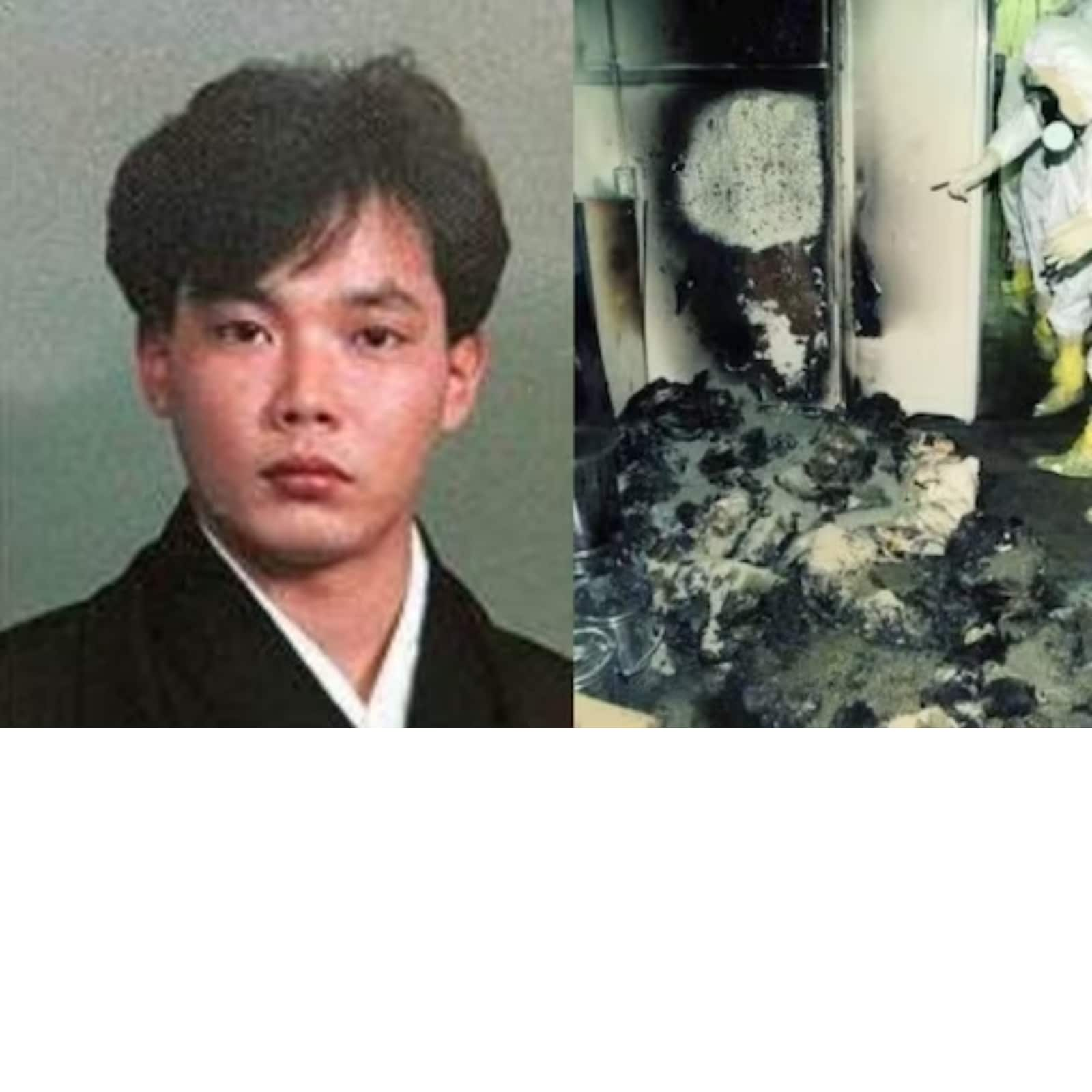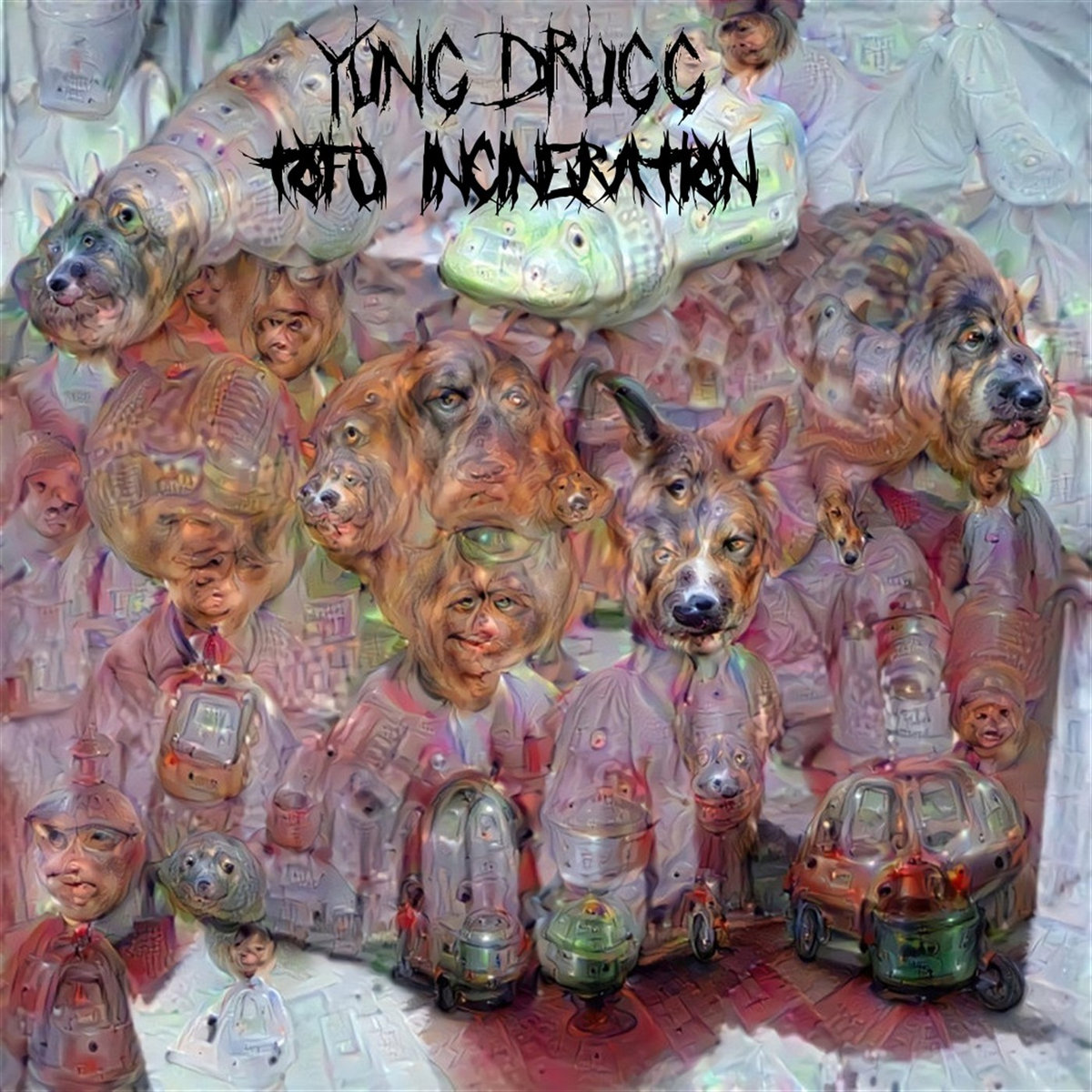On a fateful day in 1999, a nuclear accident in Japan thrust Hisashi Ouchi into the international spotlight. His story became a tragic symbol of the dangers of radiation exposure, capturing the world's attention and sparking debates about nuclear safety. Hisashi Ouchi's ordeal serves as a stark reminder of the catastrophic consequences that can arise from human error in nuclear facilities.
Picture this: a routine day at a nuclear processing plant turns into a nightmare. That's exactly what happened when Hisashi Ouchi and his colleagues were conducting uranium enrichment at the JCO facility in Tokaimura, Japan. What seemed like an ordinary procedure quickly spiraled out of control, leading to one of the most severe radiation accidents in history.
Hisashi Ouchi's story is not just about a man battling unimaginable pain; it's about the resilience of the human spirit and the lessons learned from tragedy. His case highlighted critical flaws in safety protocols and forever changed how we approach nuclear technology. Let's dive deeper into this harrowing tale and uncover the truths behind Hisashi Ouchi's radiation exposure.
- Alvin Isd Calendar 2425 Your Ultimate Guide To The School Year
- Laynes Funeral Home A Compassionate Companion In Lifes Darkest Hour
About Hisashi Ouchi: A Brief Biography
Before delving into the tragic accident, it's important to understand the man behind the headlines. Below is a snapshot of Hisashi Ouchi's life, highlighting key aspects of his background and career.
Biographical Data
| Full Name | Hisashi Ouchi |
|---|---|
| Date of Birth | March 26, 1968 |
| Place of Birth | Tokaimura, Japan |
| Occupation | Nuclear Processing Technician |
| Employer | JCO Company Ltd. |
Hisashi Ouchi was an ordinary technician working at the JCO facility, where he handled uranium enrichment processes. Like many others in his field, he believed in the importance of nuclear technology for Japan's energy needs. But little did he know that his life would become a cautionary tale for future generations.
Understanding Radiation Exposure
Radiation exposure is a complex topic that often leaves people confused. To truly grasp the severity of Hisashi Ouchi's situation, we need to understand the basics of radiation and its effects on the human body.
- Gloria Hernandez Shadow Health The Ultimate Guide To Mastering Your Virtual Clinical Experience
- Epstein Island Visits The Untold Story And What You Need To Know
There are different types of radiation, including alpha, beta, and gamma rays. Gamma rays, in particular, are highly penetrating and can cause significant damage to living tissue. When exposed to high levels of radiation, cells in the body can be destroyed, leading to a range of health issues, including radiation sickness and long-term damage to DNA.
Key Facts About Radiation
- Radiation exposure is measured in sieverts (Sv) or millisieverts (mSv).
- Exposure to 1 Sv or more can cause acute radiation sickness.
- Long-term exposure increases the risk of cancer and genetic mutations.
Hisashi Ouchi's exposure was unprecedented, with estimates suggesting he received over 17 sieverts of radiation – a dose that far exceeds lethal limits. This level of exposure is almost impossible to survive, making his case one of the most extreme ever recorded.
The Tokaimura Criticality Accident
Let's rewind to September 30, 1999, the day that changed everything for Hisashi Ouchi and his colleagues. The accident occurred at the JCO facility in Tokaimura, a small town in Japan's Ibaraki Prefecture.
What Happened?
The incident began when workers mixed uranium oxide powder with nitric acid in a precipitation tank. Due to a series of procedural errors, the uranium reached a critical mass, triggering a self-sustaining nuclear chain reaction. This released a burst of gamma and neutron radiation, exposing three workers – including Hisashi Ouchi – to lethal doses.
Here's a timeline of events:
- 7:33 AM: The uranium achieves critical mass, emitting a blue flash due to Cherenkov radiation.
- 7:35 AM: Emergency alarms sound, and workers evacuate the area.
- 8:00 AM: First responders arrive at the scene, assessing the extent of the radiation exposure.
Hisashi Ouchi was closest to the source of the radiation, receiving the highest dose among the victims. His prognosis was grim from the start, with doctors predicting his survival would be measured in days, not weeks.
Hisashi Ouchi's Struggle for Survival
The next 83 days of Hisashi Ouchi's life were nothing short of a medical marvel. Despite the odds stacked against him, doctors at the University of Tokyo Hospital fought tirelessly to save his life. This section explores the medical challenges faced and the ethical dilemmas that arose during his treatment.
Medical Treatment
Upon arrival at the hospital, Hisashi Ouchi's condition was critical. His bone marrow had been destroyed, and his internal organs were severely damaged. Doctors performed a series of bone marrow transplants in an attempt to restore his immune system, but his body continued to deteriorate.
Here are some of the treatments administered:
- Bone marrow transplants from his sister.
- Infusions of blood and platelets to combat anemia and bleeding.
- Antibiotics to prevent infections.
Despite these efforts, Hisashi Ouchi's body could not recover from the extensive damage caused by the radiation. His suffering was immense, with doctors describing his condition as one of the most painful medical cases they had ever encountered.
Lessons Learned: Improving Nuclear Safety
The Tokaimura accident served as a wake-up call for the global nuclear industry. It exposed glaring flaws in safety protocols and highlighted the need for stricter regulations. Let's examine some of the key lessons learned from this tragedy.
Regulatory Changes
Following the accident, Japan implemented several measures to enhance nuclear safety:
- Stricter enforcement of safety protocols and training for nuclear workers.
- Enhanced monitoring systems to detect criticality accidents more quickly.
- Increased transparency and communication between nuclear facilities and regulatory bodies.
These changes were not limited to Japan; international organizations such as the International Atomic Energy Agency (IAEA) also reviewed and updated their guidelines to prevent similar incidents in the future.
The Impact on Public Perception
Hisashi Ouchi's story had a profound impact on public perception of nuclear technology. It raised questions about the risks associated with nuclear energy and the adequacy of current safety measures. This section explores how the accident influenced public opinion and policy.
Public Reaction
People around the world were horrified by the details of Hisashi Ouchi's ordeal. Media coverage brought the dangers of nuclear technology to the forefront, sparking widespread debate about its role in modern society. Environmental groups used the incident to advocate for alternative energy sources, while proponents of nuclear energy argued that such accidents were rare and manageable with proper safeguards.
Surveys conducted after the accident showed a significant increase in public concern about nuclear safety. This led to greater scrutiny of nuclear facilities and increased pressure on governments to ensure the highest standards of safety.
Scientific Insights: Radiation Research
The Tokaimura accident provided scientists with valuable data about the effects of high-level radiation exposure on the human body. Researchers studied Hisashi Ouchi's case extensively, hoping to gain insights that could improve future treatments and safety measures.
Key Findings
Some of the key findings from this research include:
- Insights into the progression of radiation sickness and its impact on various organ systems.
- Development of new treatment protocols for severe radiation exposure.
- Improved understanding of the long-term effects of radiation on DNA and cellular repair mechanisms.
While these findings cannot bring back those lost in the accident, they contribute to a broader knowledge base that can help prevent future tragedies.
Humanizing the Story: Personal Accounts
Beyond the scientific and technical aspects, Hisashi Ouchi's story is deeply personal. His family and friends were left to grapple with the loss of a loved one, while the medical team faced the ethical challenges of prolonging his life despite the odds.
Family and Friends
Hisashi Ouchi's family remained by his side throughout his ordeal, offering love and support during his final days. They spoke publicly about their experience, hoping to raise awareness about nuclear safety and honor Hisashi's memory.
Doctors and nurses who treated Hisashi Ouchi also shared their reflections on the experience, emphasizing the importance of compassion in medical care, even in the most difficult circumstances.
Looking to the Future: Preventing Future Accidents
As we reflect on Hisashi Ouchi's tragic story, it's crucial to focus on preventing similar incidents in the future. This section outlines some of the ongoing efforts to enhance nuclear safety and promote alternative energy solutions.
Current Initiatives
Here are some of the initiatives currently underway:
- Investment in advanced nuclear technologies, such as small modular reactors, that offer improved safety features.
- Development of renewable energy sources, such as wind and solar, to reduce reliance on nuclear power.
- International cooperation to share best practices and improve global nuclear safety standards.
While no technology is completely risk-free, these efforts aim to minimize the chances of another Tokaimura-like accident occurring.
Conclusion: Remembering Hisashi Ouchi
Hisashi Ouchi's story is one of tragedy and resilience, a reminder of the dangers inherent in nuclear technology and the importance of safety. His case has left an indelible mark on the nuclear industry, prompting significant changes in safety protocols and public perception.
As we move forward, let's honor Hisashi Ouchi's memory by continuing to advocate for safer nuclear practices and exploring alternative energy solutions. Share this article with others to keep the conversation going and ensure that the lessons learned from this tragedy are never forgotten.
Table of Contents
- About Hisashi Ouchi: A Brief Biography
- Understanding Radiation Exposure
- The Tokaimura Criticality Accident
- Hisashi Ouchi's Struggle for Survival
- Lessons Learned: Improving Nuclear Safety
- The Impact on Public Perception
- Scientific Insights: Radiation Research
- Humanizing the Story: Personal Accounts
- Looking to the Future: Preventing Future Accidents
- Conclusion: Remembering Hisashi Ouchi
- Payton Pritchard Wife The Untold Story Behind The Nba Stars Love Life
- Leo Woman Cancer Man The Ultimate Guide To Understanding This Zodiac Match


